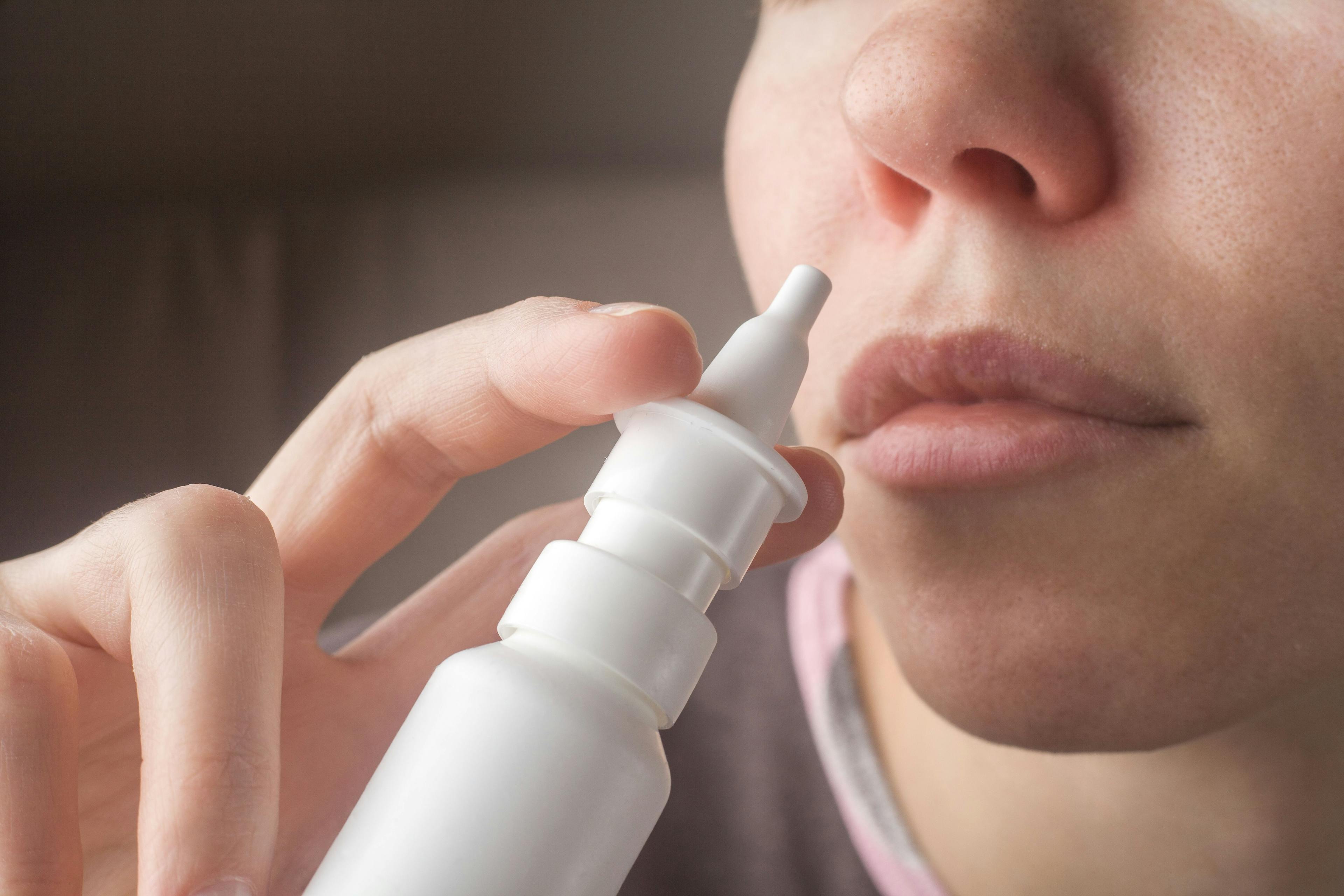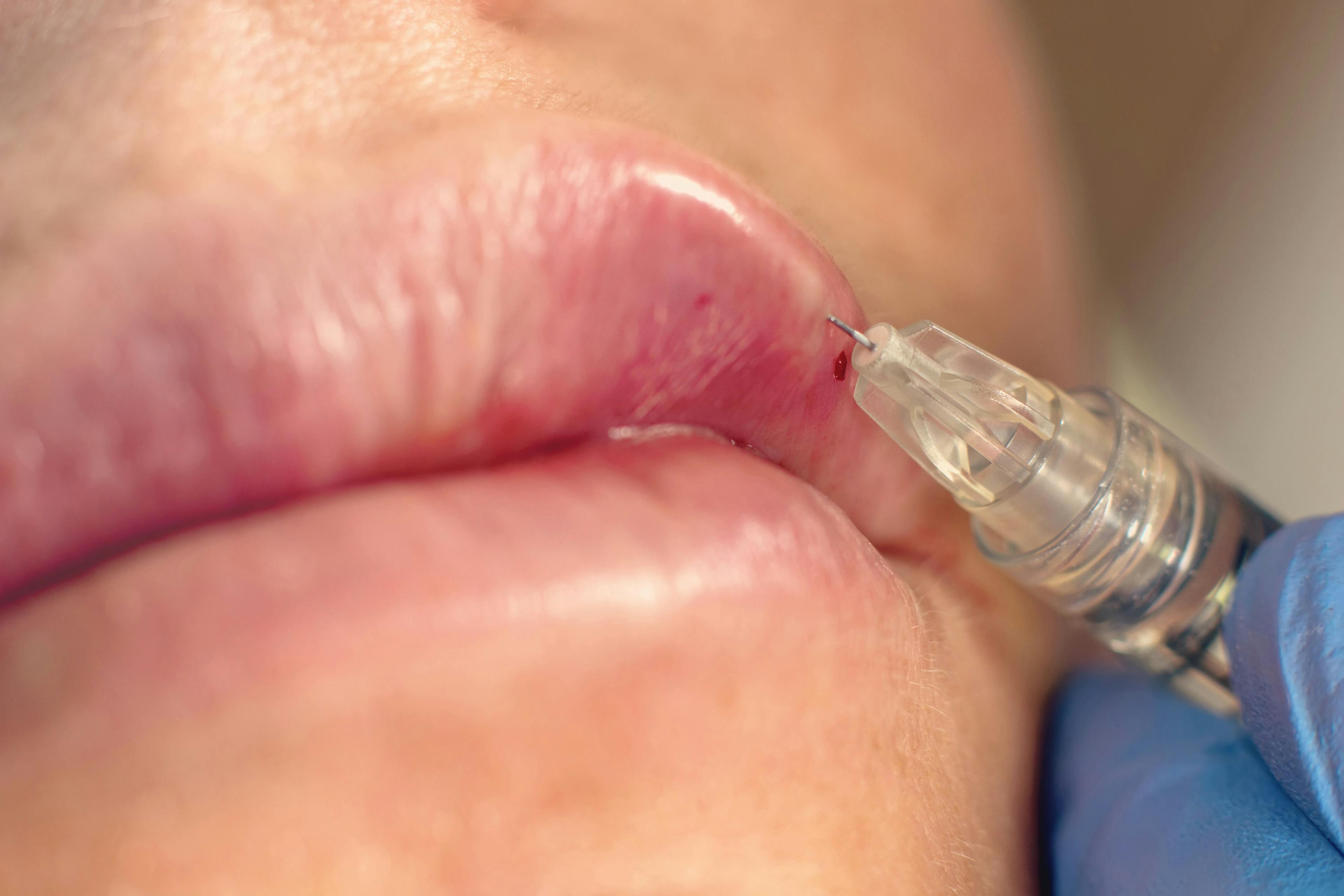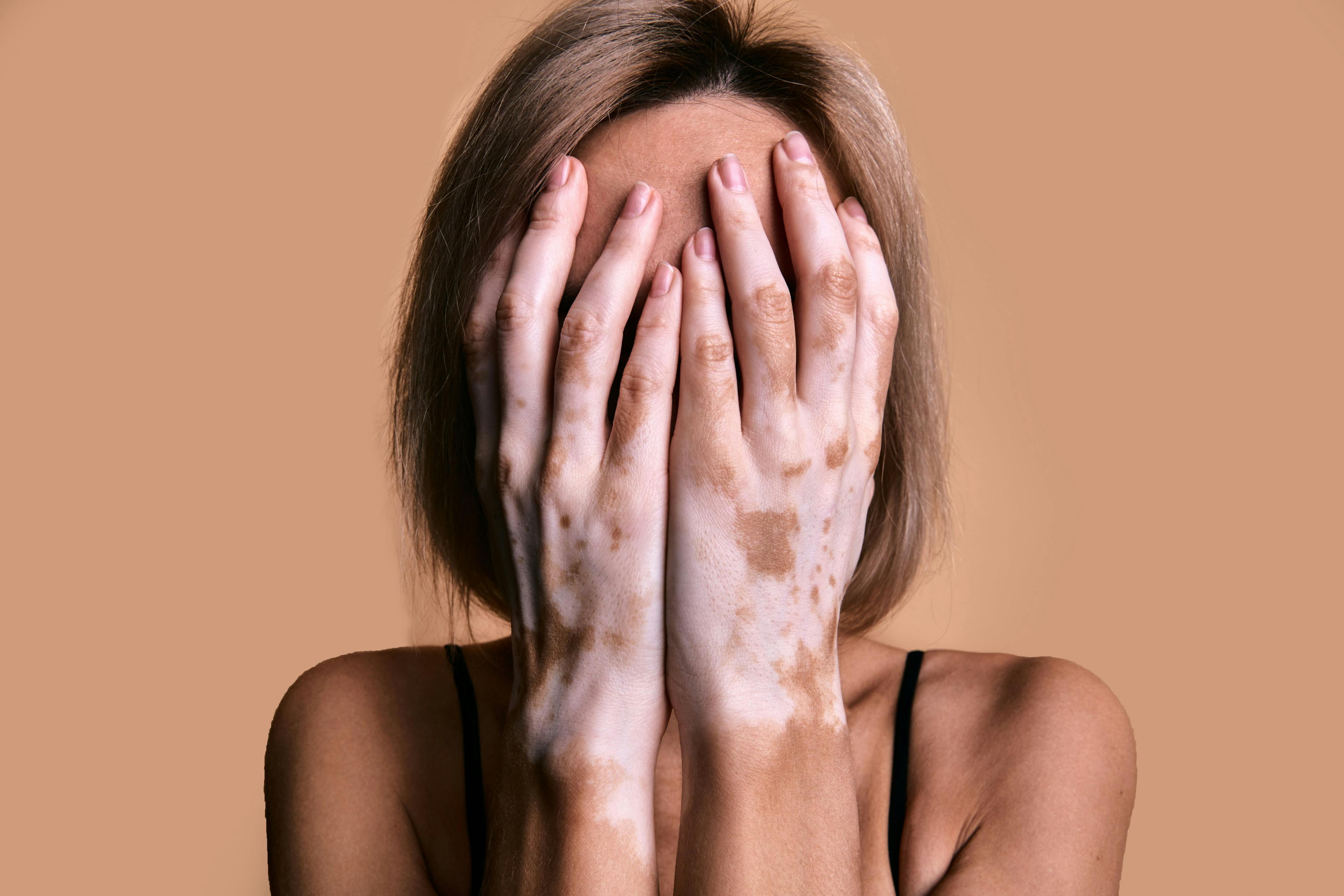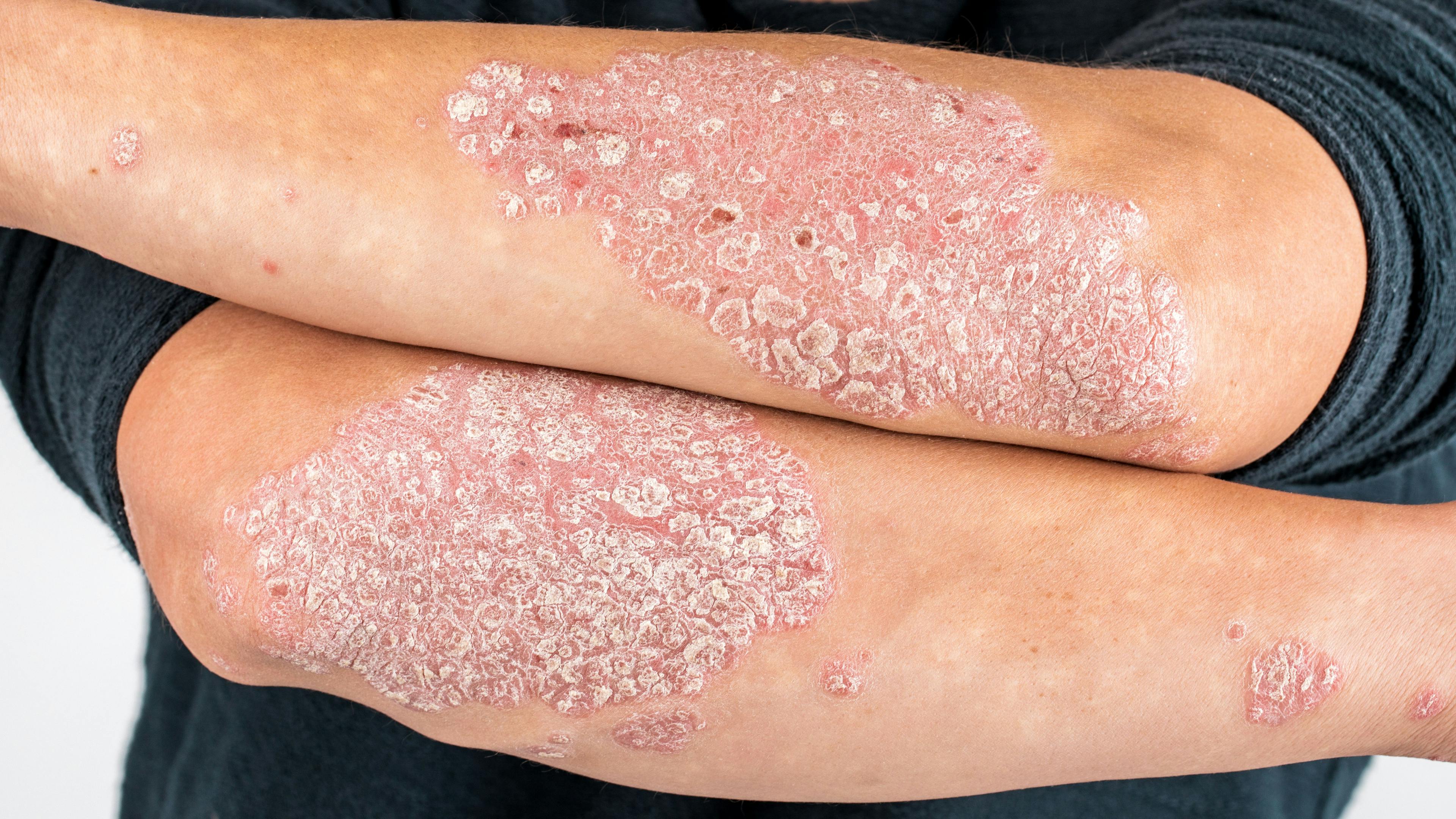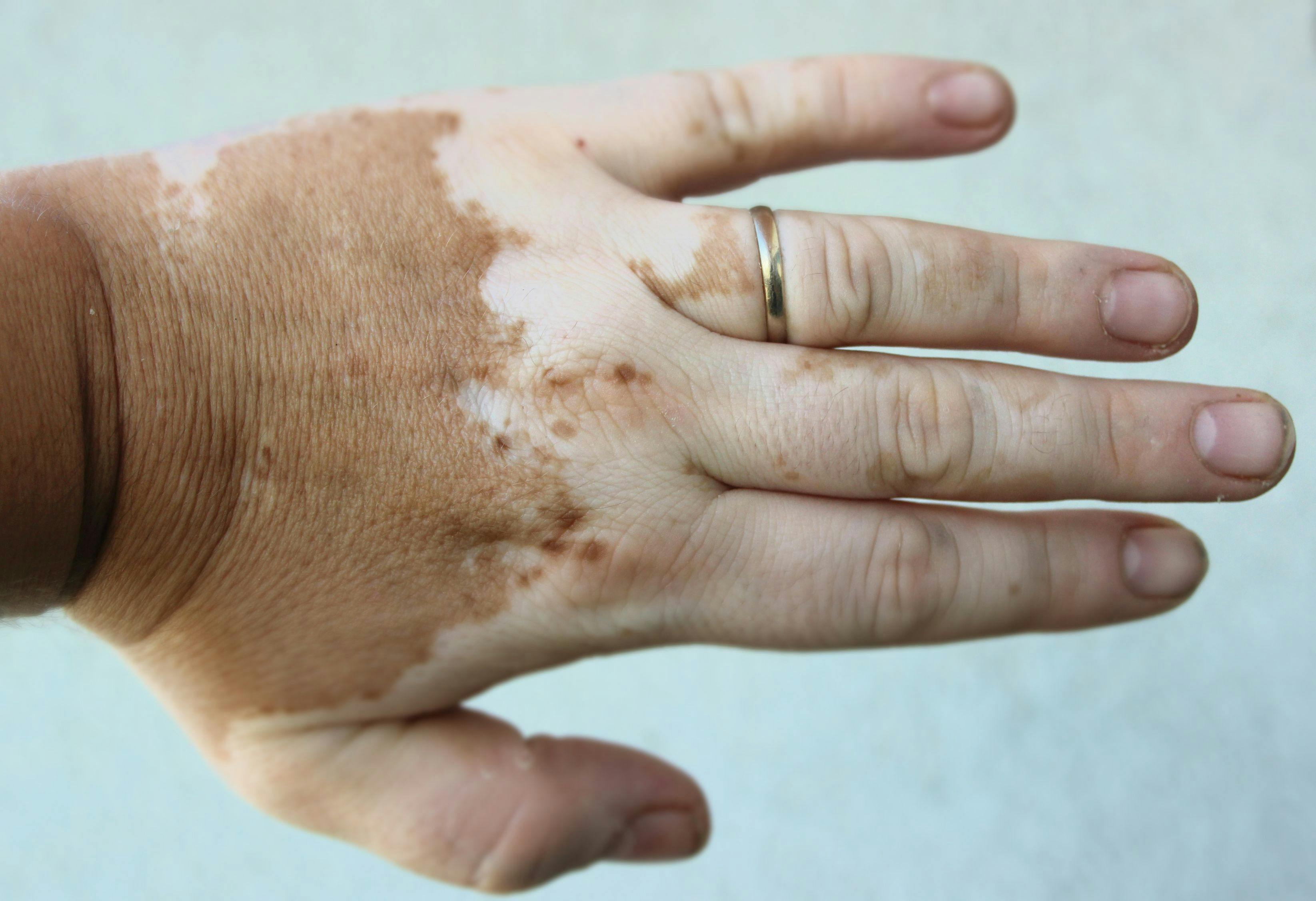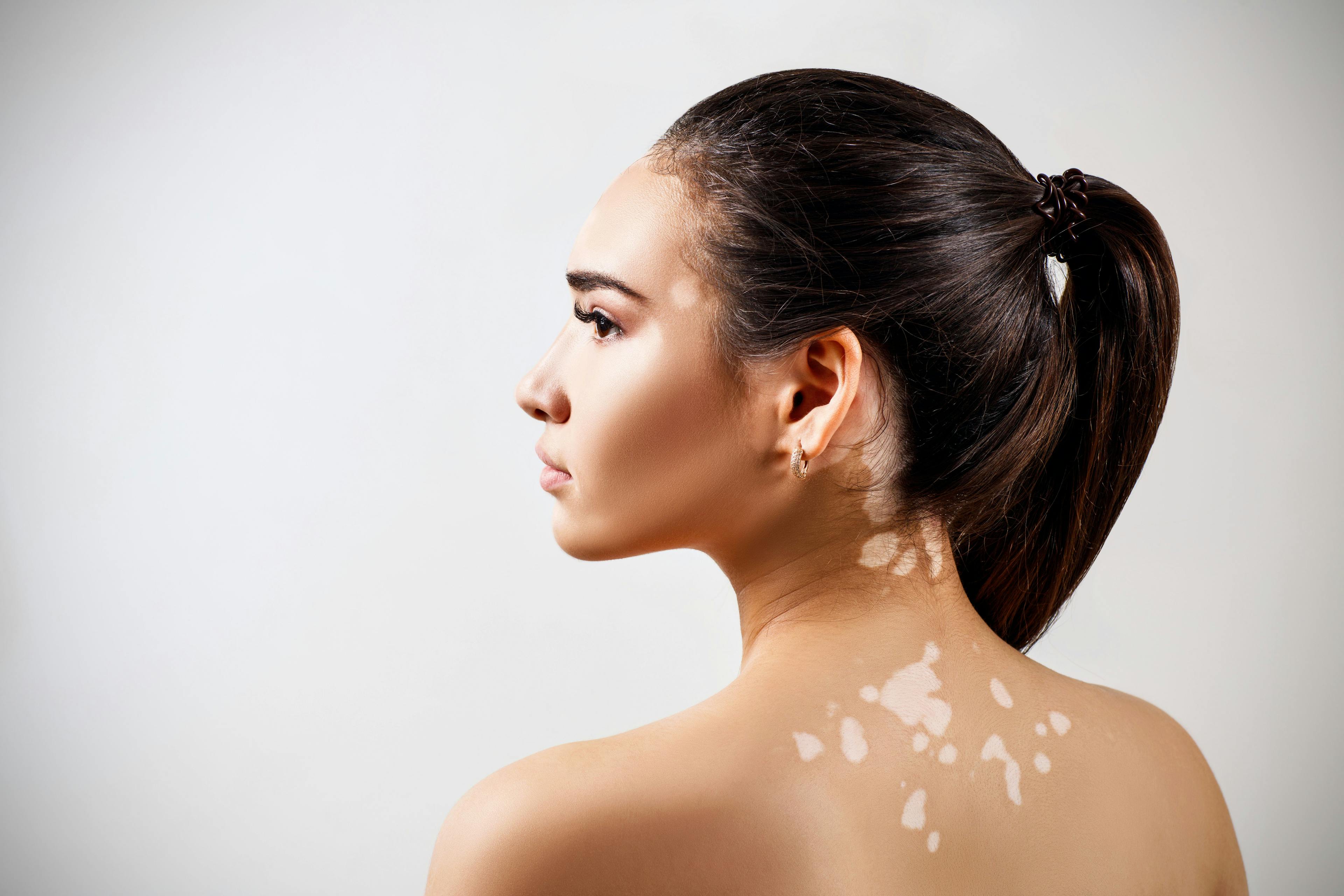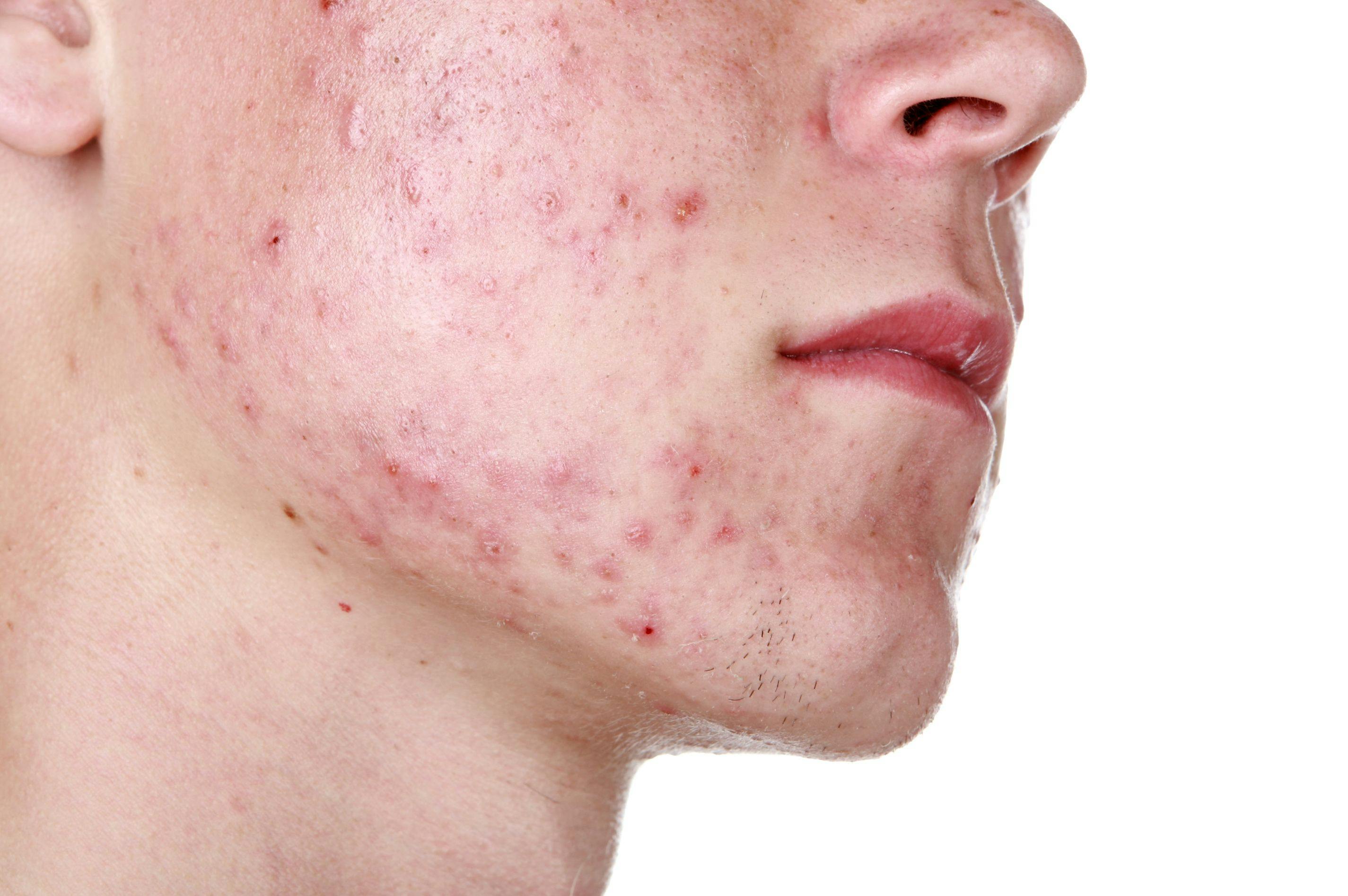- Acne
- Actinic Keratosis
- Aesthetics
- Alopecia
- Atopic Dermatitis
- Buy-and-Bill
- COVID-19
- Case-Based Roundtable
- Chronic Hand Eczema
- Chronic Spontaneous Urticaria
- Drug Watch
- Eczema
- General Dermatology
- Hidradenitis Suppurativa
- Melasma
- NP and PA
- Pediatric Dermatology
- Pigmentary Disorders
- Practice Management
- Precision Medicine and Biologics
- Prurigo Nodularis
- Psoriasis
- Psoriatic Arthritis
- Rare Disease
- Rosacea
- Skin Cancer
- Vitiligo
- Wound Care
Publication
Article
Dermatology Times
Positive New Results of Tapinarof Cream Study for Pediatric Patients with AD
Author(s):
Dermavant announced positive results from its pediatric maximal usage study.
Dermavant Sciences recently announced positive data results from its pediatric maximal usage study (NCT05186805) of tapinarof cream, 1% (Vtama) in patients down to 2 years old with burdensome atopic dermatitis (AD). The maximal use study used the same dosage of tapinarof cream, 1% that is currently approved by the US Food and Drug Administration (FDA) for plaque psoriasis.1
“Topical therapy occupies a central role in the treatment of atopic dermatitis across all ages and disease severities. However, commonly used topical treatments like topical corticosteroids have clinical limitations based on efficacy, tolerability, and risk for adverse events. These data show that tapinarof 1% cream, a first-in-class therapeutic aryl hydrocarbon receptor modulating agent, demonstrated very favorable safety and tolerability with minimal systemic absorption under maximal use conditions in AD patients down to two years of age. In combination with future findings from the ongoing ADORING 1 and 2 phase 3 clinical trials, tapinarof 1% cream is poised to become a safe and well-tolerated topical option for a broad spectrum of atopic dermatitis patients,” said Raj Chovatiya, MD, PhD, assistant professor of dermatology and director of the Center for Eczema and Itch at Northwestern University Feinberg School of Medicine in Chicago, Illinois.
The open label maximal usage study enrolled 36 pediatric patients aged 2-17 years old, with an Investigator Global Assessment (IGA) score ≥ 3 at screening (mean BSA of 43%, range of 26%-90%), for 4 weeks of treatment with tapinarof cream. The study’s objective was to determine the pharmacokinetics (PK) and safety of tapinarof cream under maximal usage conditions in pediatric patients with AD. The tapinarof cream study used the same dose and frequency (1% cream, applied once daily) as is being studied in Dermavant’s ongoing ADORING 1 and ADORING 2 pivotal trials for AD.
Results show that tapinarof cream demonstrated favorable safety, PK, and clinical improvement in patients with AD down to 2 years of age. There was a low incidence of adverse events (AEs). Tapinarof cream was well tolerated in sensitive skin areas as well. Minimal to no systemic exposure was confirmed under maximal use conditions in patients with up to 90% body surface area (BSA) affected.
According to Dermavant, the maximal usage pharmacokinetics data will support Dermavant’s anticipated supplemental New Drug Application for AD, which will also include results from the company’s ongoing ADORING 1, 2, and 3 phase 3 studies, in subjects aged 2 years old and older. Topline results from ADORING 1 and ADORING 2 are expected in the first half of 2023.
Primary outcome measures of the maximal usage study include:2
- Improvement in incidence, frequency, and duration of AEs, baseline to day 2
- Change from baseline in laboratory values or vital signs, baseline to day 28
- Mean-investigator assessed Local Tolerability Scale scores by visit, baseline to day 8
Secondary outcome measures include:
- Change in Validated Investigator Global Assessment in Atopic Dermatitis score (vIGA-AD) at each visit, baseline to day 8
- Mean and percent change in Eczema Area and Severity Index and %BSA from baseline to each visit
- Proportion of subjects who have a vIGA-AD score of clear or almost clear (0 or 1) at each visit, baseline to day 28
“Despite a number of new treatments and a massive leap in understanding atopic dermatitis, we are still facing a tremendous burden of disease and a plethora of unmet needs in our patients. The search for needles in haystacks continues: to find safe and effective treatments for our patients. This is an important step for an already established innovative topical treatment: to see a reassuring safety and tolerability profile in maximal use study is particularly key for the pediatric population where the level of tolerance for safety is often lower than that of adults,” said Peter Lio, MD, clinical professor of dermatology and pediatrics at Northwestern University Feinberg School of Medicine in Chicago, Illinois.
Tapinarof cream 1% was approved by the FDA in May 2022 for the treatment of plaque psoriasis in adults. The approval was based on phase 3 data from PSOARING 1 (NCT03956355) and PSOARING 2 (NCT03983980) clinical trials, both published in the New England Journal of Medicine.
References
- Dermavant announces highly favorable results from pediatric maximal usage study of Vtama (tapinarof) cream, 1% in atopic dermatitis. Dermavant Sciences. Published November 8, 2022. Accessed November 10, 2022. https://www.dermavant.com/dermavant-announces-compelling-results-from-pediatric-maximal-usage-study-of-vtama-tapinarof-cream-1-in-atopic-dermatitis/
- Maximal use study of tapinarof cream, 1% in pediatric subjects with extensive atopic dermatits. Clinicaltrials.gov. Identifier: NCT05186805. Updated September 26, 2022. Accessed November 10, 2022. https://clinicaltrials.gov/ct2/show/NCT05186805?term=tapinarof%2C+pediatric&draw=2&rank=1
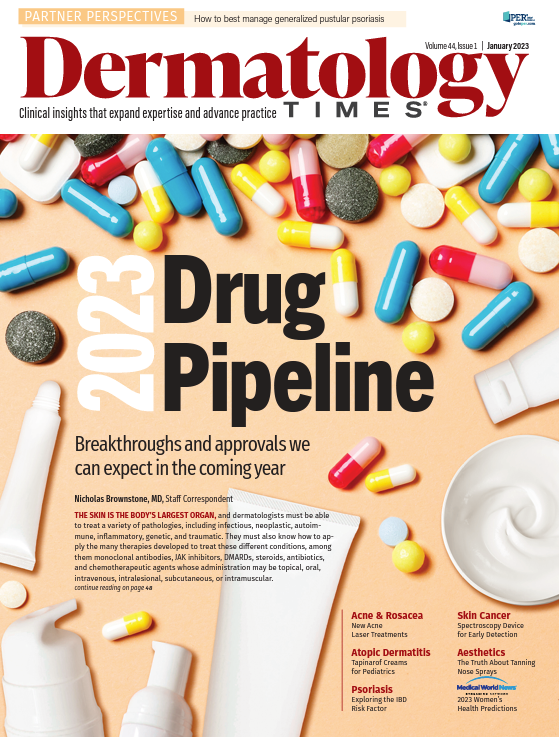
Newsletter
Like what you’re reading? Subscribe to Dermatology Times for weekly updates on therapies, innovations, and real-world practice tips.


